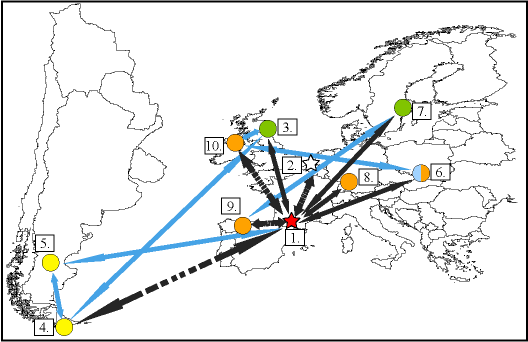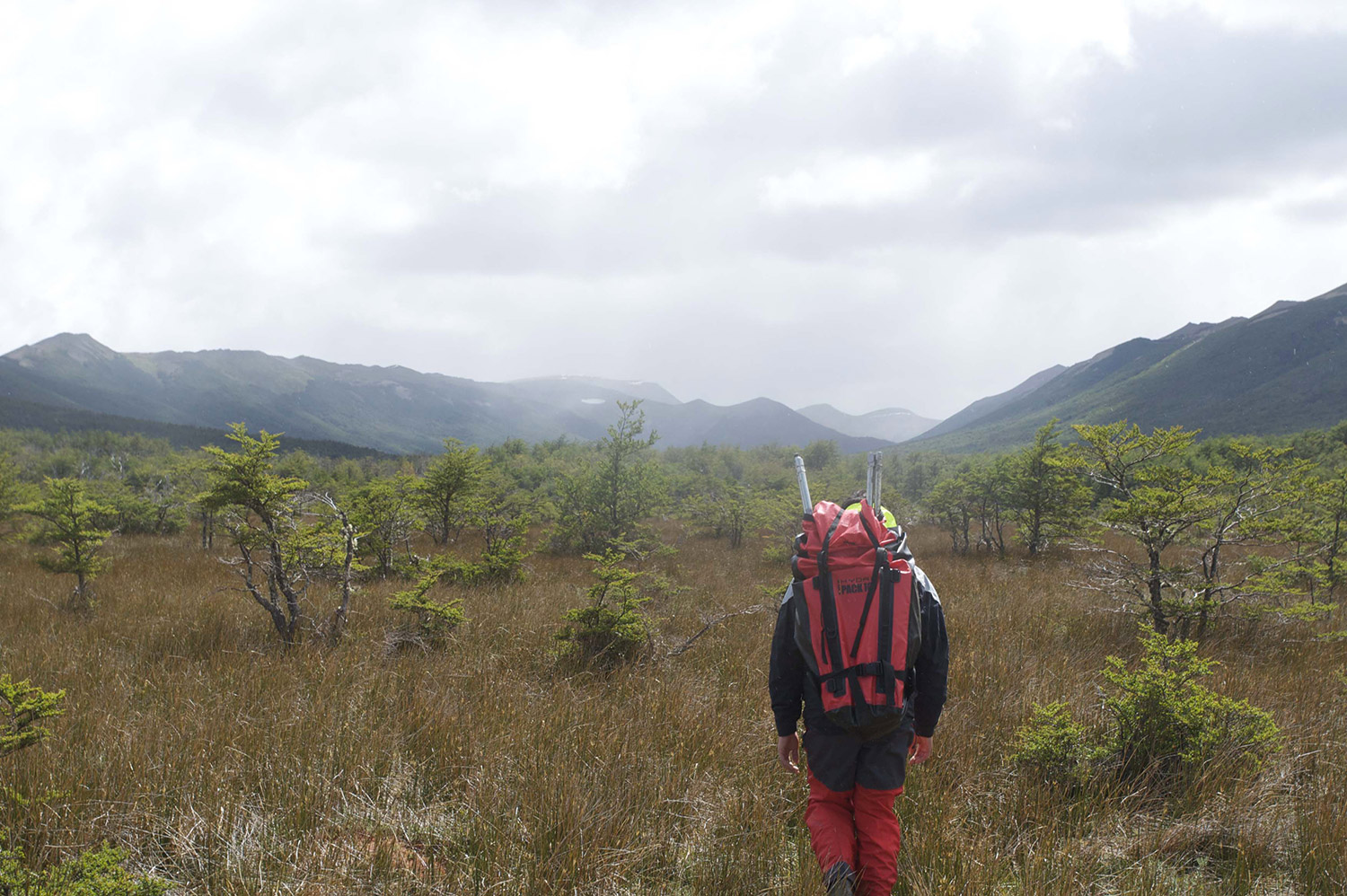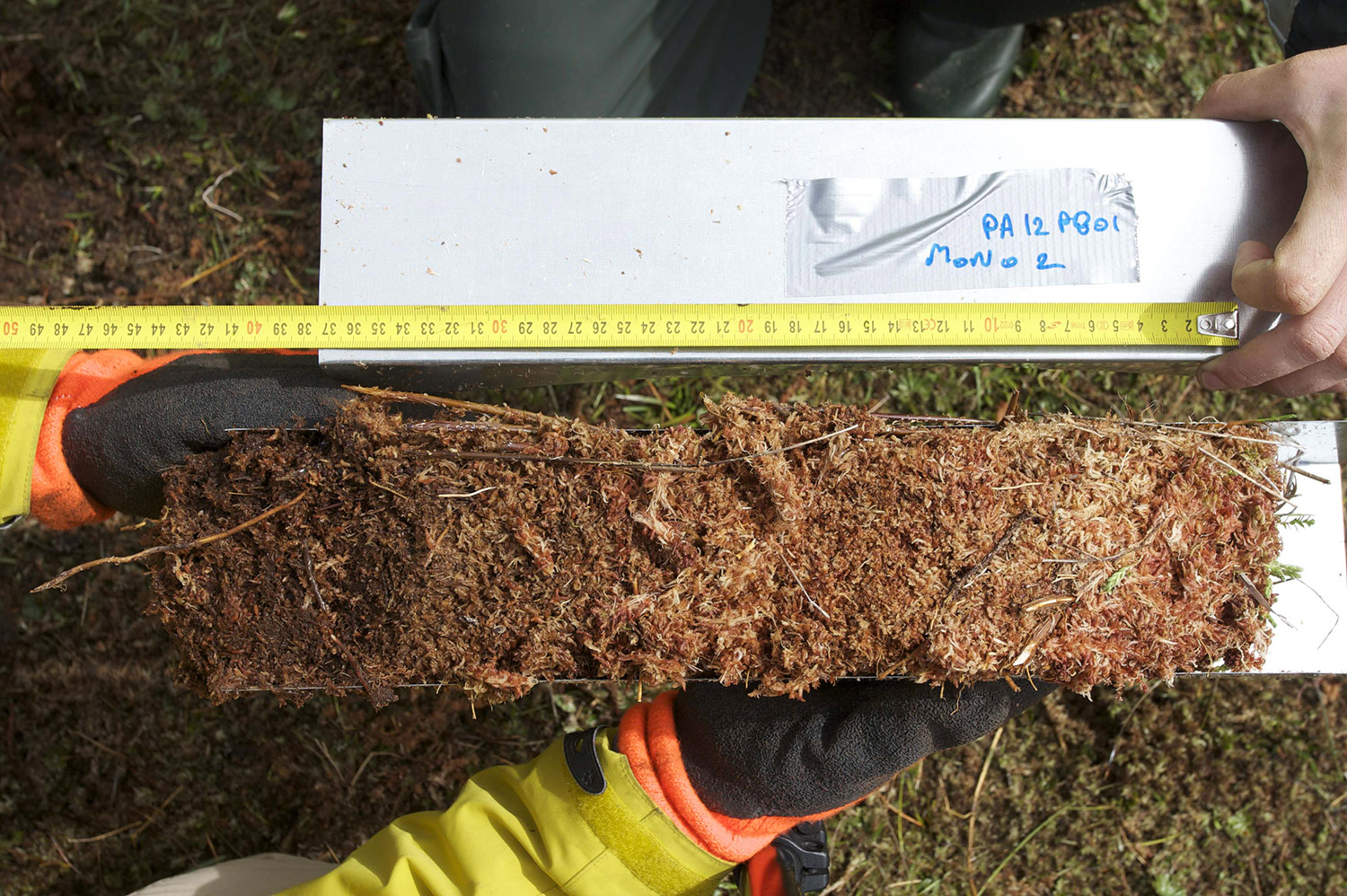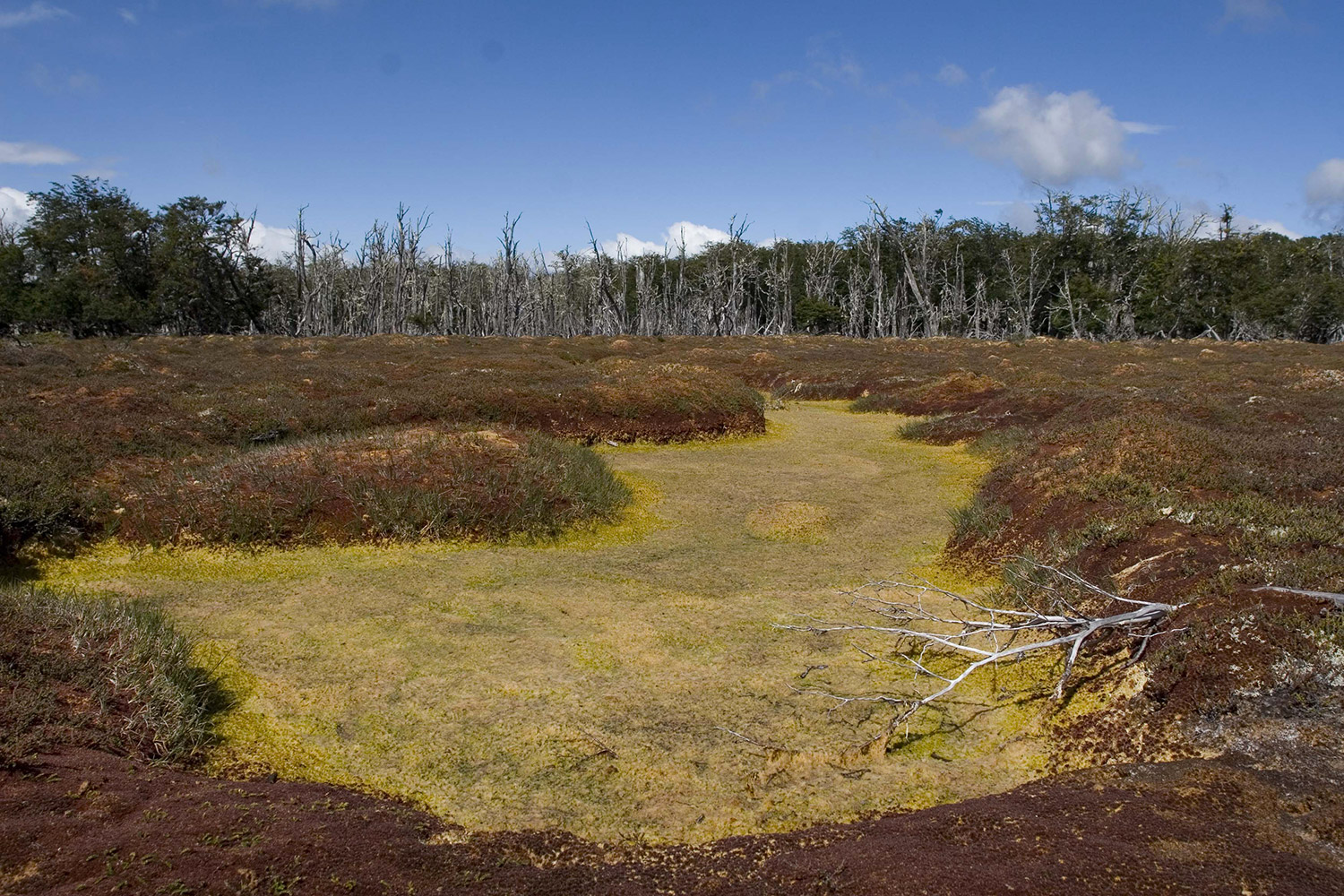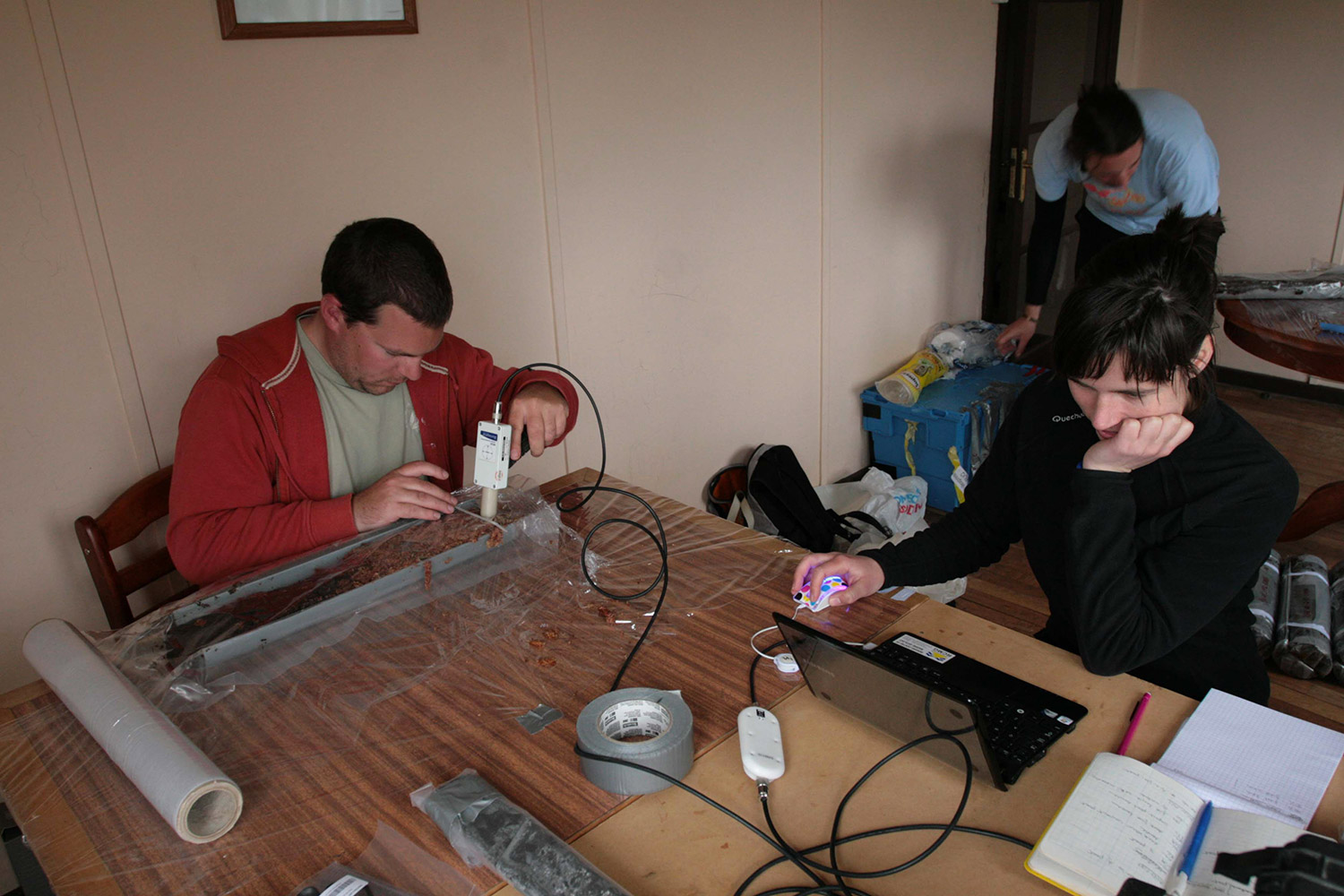PeAt bog Records of Atmospheric Dust flux
Holocene palaeoenvironmental and paleoclimatic implications for Southern South America.
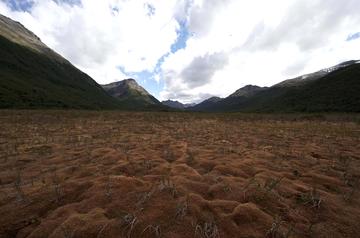
PARAD is an ANR-funded project having the main objectives to reconstruct Holocene dust cycles and trace dust sources in Tierra del Fuego using peat records. Although peat bogs have been abundantly used to monitor past atmospheric pollution, less attention has been given to pre-anthropogenic signals, especially in the Southern Hemisphere. Yet they are important to 1/ better understand the different particle sources during the Holocene, and 2/ to tackle the linkage between atmospheric dust loads and climate change. The main objectives of PARAD are therefore: 1) to provide high-resolution continuous records of natural atmospheric dust using the elemental and isotopic signature of peat cores in South America, and 2) to assess the linkage between dust inputs and climate.
State-of-the-art analytical technologies will allow us to explore the use of a broad range of trace elements as dust proxies (soil particles, volcanism, cosmogenic dusts, marine aerosols). Radiogenic isotopes (Pb, Nd, Hf) will be used as tracers for fingerprinting predominant sources. Coupling these findings with biological proxies (plant macrofossilsand detailed age-depth modeling, we expect not only to identify and interpret new links between atmospheric dust chemistry and climate change but also to significantly improve our understanding of peat bogs as archives of climate change, and the role of dust in both palaeoenvironmental and palaeoclimatic changes. Our investigations will help in assessing: 1/ the global vs. local character of each peat record; 2/ the spatio-temporal variation of pre-anthropogenic atmospheric dust geochemical pattern and fluxes during the Holocene at a centennial resolution and 3/ the possible link between dust load and source patterns with climatic fluctuations. Besides its main objectives, PARAD will bridge the gap between peat geochemists and paleoecologists and will feed three main topics: 1/ global change and adaptation of living organisms, 2/ land use and environmental changes (e.g. erosion), and 3/ human impact on biodiversity.
PARAD is an international project coordinated by F. De Vleeschouwer at EcoLab (CNRS), Toulouse, France. It will use, among others, the analytical platform of the Observatoire Midi Pyrénées (OMP-Toulouse), the radiocarbon platform of the GADAM Centre (Poland) and the growing scientific excellence of the PARAD Scientific Community to ensure ideal conditions to develop this project.

